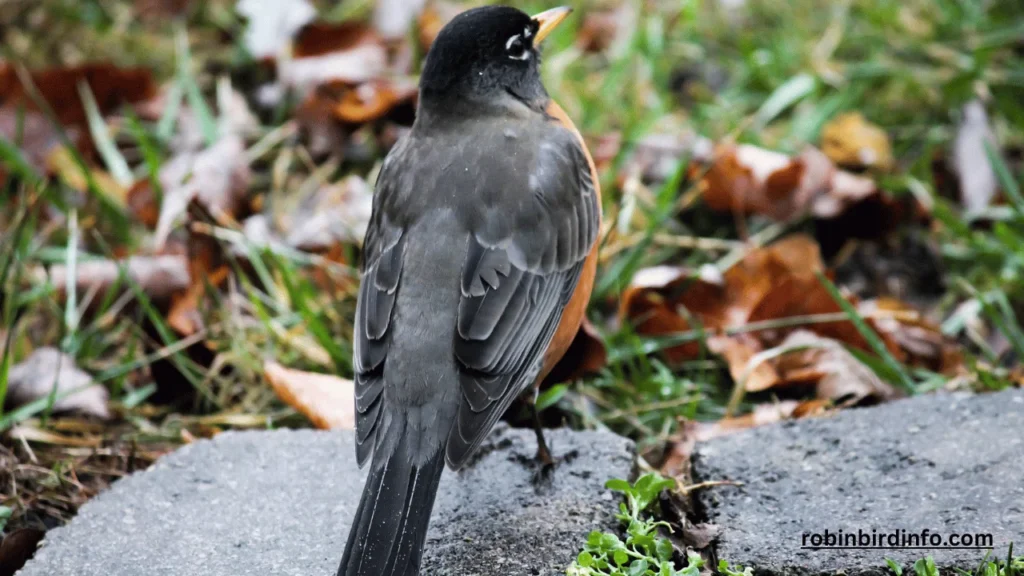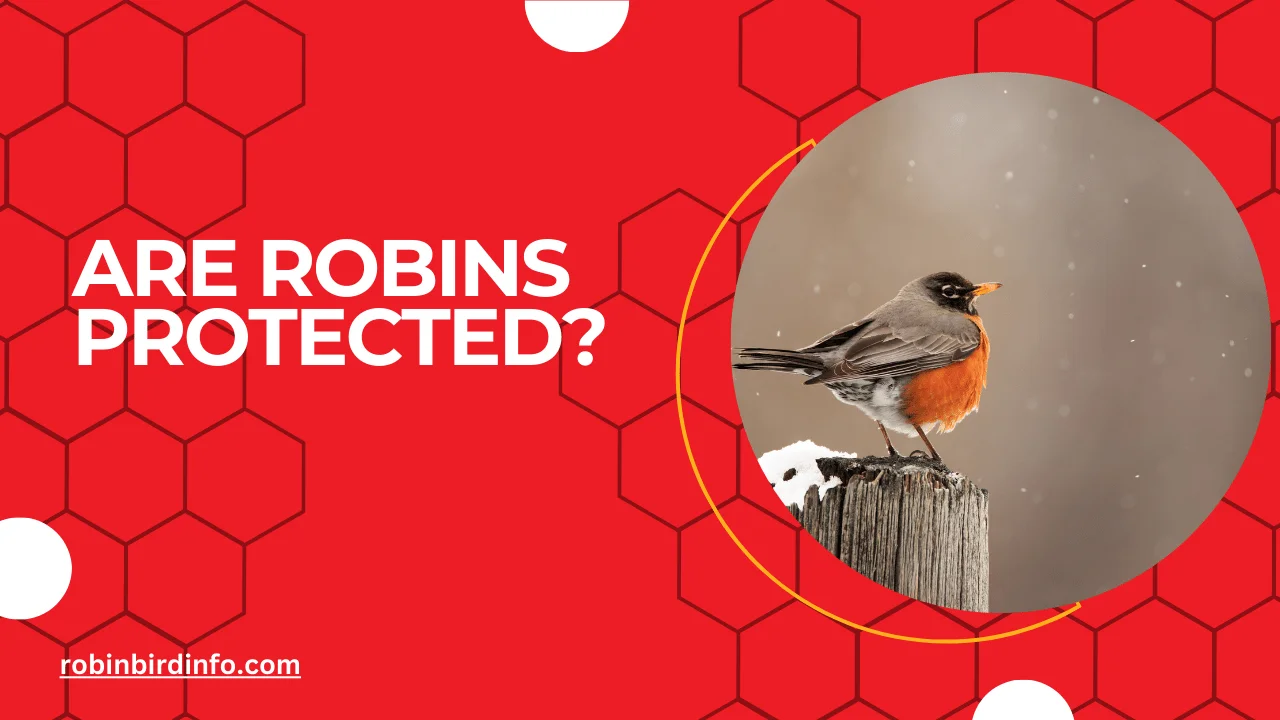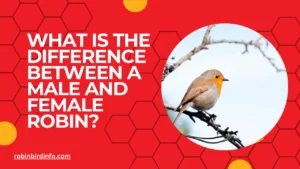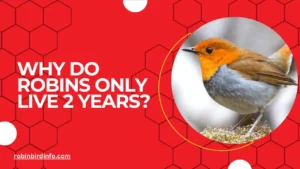We all know the cheerful melody of the Robin, a familiar sound that fills our backyards with a sense of spring.
But have you ever stopped to wonder, are these beloved birds truly safe? While Robins might seem to effortlessly flit around our gardens, they face a surprising number of threats in the modern world.
This blog post delves deeper than just the charming song. We’ll explore the legal protections, or lack thereof, for Robins in many areas. We’ll also examine the various challenges these birds encounter, from habitat loss to window collisions.
Perhaps most importantly, we’ll discuss what YOU can do to ensure the continued presence of these feathered friends in your own backyard and beyond. So, keep reading and discover the surprising realities that impact Robin populations.
By understanding the challenges they face, we can take action to ensure their survival for generations to come.
Contents
Section 1: Legal Protections for Birds
Migratory Bird Treaty Act: The Migratory Bird Treaty Act is a U.S. federal law that offers significant protection to a wide range of migratory birds, including Robins. This act prohibits the killing, capturing, or harming of these birds without a permit.
Other Relevant Laws: While the Migratory Bird Treaty Act provides broad protection, other laws may offer additional safeguards for Robins. For example, state and local laws may have specific regulations regarding bird protection. Additionally, international treaties and conventions, such as the Convention on Migratory Species, provide a framework for international cooperation in bird conservation.
Section 2: Threats to Robin Populations
Habitat Loss and Fragmentation: The loss and fragmentation of natural habitats, such as forests and woodlands, pose a significant threat to Robin populations. Urbanization, agriculture, and deforestation can reduce the availability of suitable nesting and foraging sites.
Predation: Predators like cats, hawks, and snakes can prey on Robins, especially during the nesting season. Domestic cats, in particular, pose a significant threat to bird populations.
Collisions with Windows: Window strikes are a major cause of bird mortality. Robins, like other birds, can be drawn to reflective surfaces and collide with windows, resulting in injury or death.
Pesticide Use: The use of pesticides can harm Robin populations by reducing the availability of insect prey. Pesticides can directly poison birds or contaminate their food sources.
Section 3: Conservation Efforts
Habitat Conservation: Preserving and restoring natural habitats is crucial for Robin conservation. This includes protecting forests, woodlands, and urban green spaces.
Bird-Friendly Landscaping: Creating bird-friendly landscapes can provide Robins with the resources they need to thrive. This involves planting native plants, providing water sources, and avoiding the use of harmful pesticides.
Citizen Science: Citizen science projects, such as birdwatching and nest monitoring, can help researchers gather valuable data on Robin populations and their behavior.
Educational Outreach: Educating the public about the importance of bird conservation and the threats facing Robins is essential. By raising awareness, we can inspire individuals to take action to protect these birds.
Section 4: Individual Actions to Protect Robins
Reducing Window Strikes: To reduce the risk of window strikes, consider using bird-friendly window treatments, such as window decals or curtains.
Providing Food and Water: Offer food and water sources in your yard to attract and support Robins. You can provide bird feeders filled with seed and suet, as well as birdbaths with fresh water.
Avoiding Pesticides: Minimize the use of pesticides in your garden and opt for natural pest control methods. Pesticides can harm birds and other wildlife.
Supporting Conservation Organizations: Donate to or volunteer with conservation organizations that are working to protect birds and their habitats.
Section 5: The Future of Robin Populations

Climate Change: Climate change poses a significant threat to Robin populations. Changes in temperature and precipitation patterns can affect their migration patterns, breeding success, and food availability.
Human-Bird Conflict: As human populations continue to grow, there is an increasing risk of human-bird conflict. This can lead to habitat loss, disturbance of nesting birds, and other negative impacts.
Hope for the Future: Despite the challenges they face, Robin populations can thrive with human help. By taking steps to protect their habitats, reduce threats, and promote conservation, we can ensure that these beloved birds continue to grace our backyards for generations to come.
Conclusion
Robins are not only beautiful birds but also important ecological indicators.
By understanding the threats they face and taking steps to protect them, we can help ensure a healthy future for these iconic birds. By working together, we can create a world where Robins and other wildlife can thrive.
FAQ’s
Are Robins protected by law?
Yes, Robins are protected under the Migratory Bird Treaty Act. This federal law prohibits the killing, capturing, or harming of migratory birds, including Robins.
What are the biggest threats to Robin populations?
Some of the biggest threats to Robin populations include habitat loss, predation, window strikes, and pesticide use.
How can I help protect Robins?
You can help protect Robins by creating a bird-friendly habitat in your yard, reducing window strikes, avoiding the use of pesticides, and supporting conservation organizations.
What is the best way to prevent window strikes?
To prevent window strikes, you can use window decals, curtains, or special bird-friendly glass. You can also avoid placing bird feeders near windows.
Can I feed Robins in the winter?
Yes, you can feed Robins in the winter. Offering birdseed, suet, and fresh water can help them survive the harsh winter months.
Are Robins aggressive?
While Robins are generally peaceful birds, they can become aggressive during the breeding season, especially when defending their nests and young.








